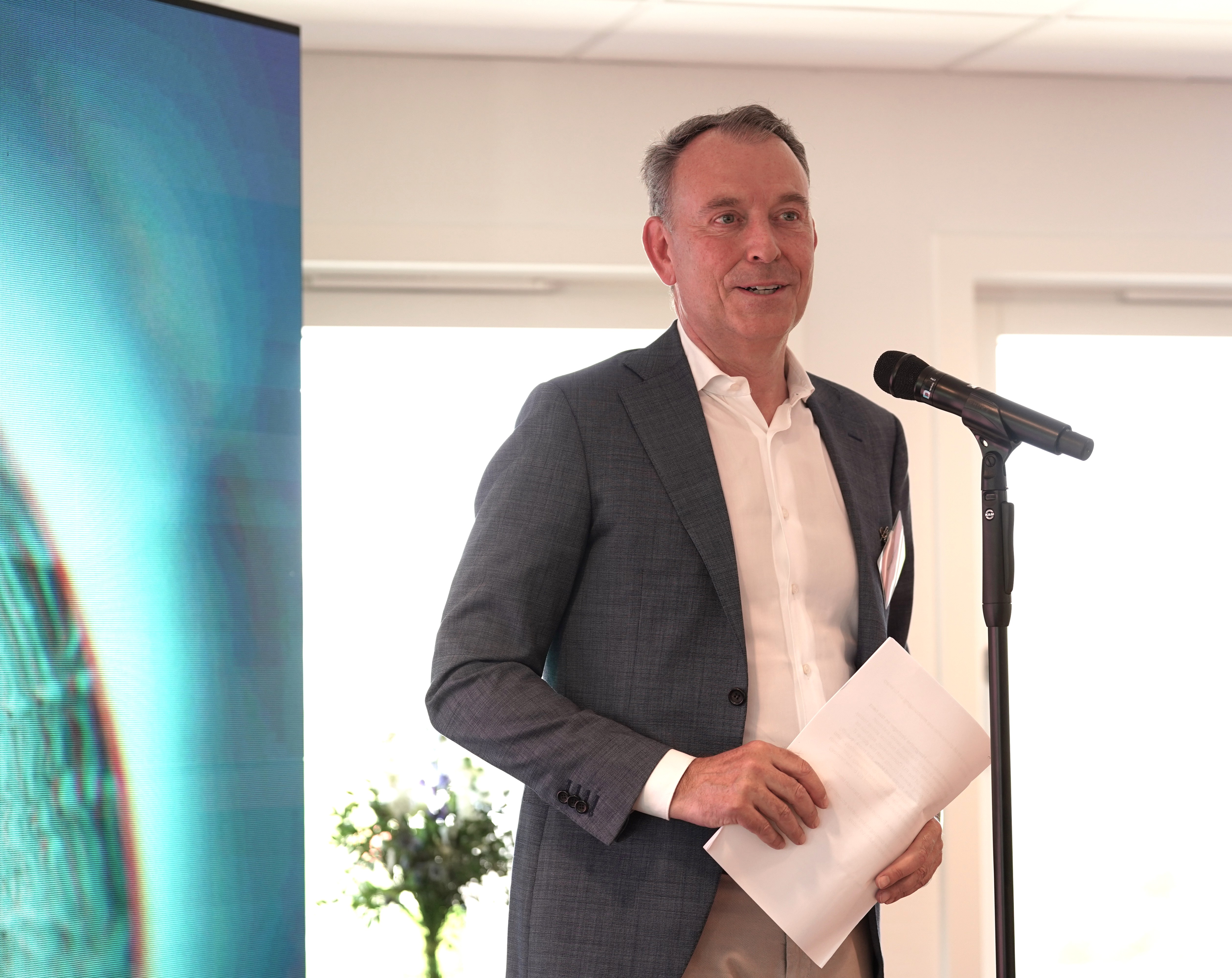J. Craig Venter to Keynote SynBioBeta SF 2014
J. Craig Venter is a bio-pioneer, a veteran, an entrepreneur, the survival machine for the genome known as HuRef, and a thought leader within the synthetic biology field. He wields a rare blend of intellectual curiosity, ambition, daringness, and intuition that makes him a dangerously successful visionary; betting against him would be unwise. After all, he has made important scientific discoveries; proven protocols and technologies for reading DNA and designing synthetic organisms; and founded companies such as Synthetic Genomics and institutions such as JCVI. When he didn't play a direct role in a discovery or launch he assembled teams of bright minds and enabled them with the tools needed to push the envelope.
Many people may know Venter as "that guy who sequenced the genome, or something like that" (to quote a friend from a recent conversation), but he's also had a hand in creating synthetic viruses, rebooting a bacterial cell with the 1.28-million base pair genome born from 1s and 0s, trekking the world's waterways on a genetic mining mission, and other groundbreaking work in the field. To give him the proper introduction as the SynBioBeta SF 2014 Keynote Speaker, let's consider some of his latest disruptive endeavors attempting to make biology a true form of technology.
End of fossil fuels
Venter reeled in Exxon Mobil, the world's second largest public company by market value, in a $600 million project with Synthetic Genomics to develop a biological solution to drilling carbon out of the ground. That's a really big deal. It's the exact opposite of incremental development and is accompanied by significant monetary commitments and brain-trust melding. The partnership was revamped in May 2013 to focus on synthetic organisms (hint: Synthetic Genomics is really good at designing synthetic organisms). There is plenty of work left to do, which makes it difficult to predict when mass-produced fuels or petroleum feedstocks created with biology will be commercially available. However, we may have cost-competitive, carbon-efficient fuels sooner than you think.
60 is the new 40
When Google announced the creation of Calico in September 2013 to tackle the problem of aging and longevity, people thought the problem was so difficult that solutions could only be pursued by a company as innovative (and crazy) as Google. The company is among the best at analyzing massive datasets and has access to the genetic vaults of 23andMe -- both handy for tackling health conditions dictated by many genes and that require sample populations of hundreds of thousands or millions of genomes to find statistically significant relationships. As CEO Larry Page said:
"Illness and aging affect all our families. With some longer term, moonshot thinking around healthcare and biotechnology, I believe we can improve millions of lives."
People must have forgotten how innovative (and crazy) Venter was himself, but they were soon reminded. Roughly six months after Calico's unveiling he announced the founding of Human Longevity, which would begin with $70 million in cash, purchase two HiSeq X 10 sequencing platforms from Illumina (the paint was still wet), and hire 100 employees in 2014. As I wrote shortly after the announcement in March:
"Human Longevity intends to sequence up to 40,000 human genomes per year initially and then expand its capacity to 100,000 human genomes annually thereafter. To put that in perspective, the world has only sequenced approximately 100,000 human genomes to date. Ever."
Humans won't live forever, but we may be able to live more active, healthy, and enjoyable lives well into our later years.
The end of organ transplant waiting lists
More than 114,300 Americans are waiting for an organ transplant, but less than 5,000 procedures occurred in 2012. On average, 18 people die each day due to the chronic shortage of available organs. Tissue engineering platforms, such as the one being developed by Organovo, offer an intriguing way forward. Unfortunately, we're still quite some time away from creating fully functional human organs with multiple cell types in vitro. So what about in vivo approaches?
Synthetic Genomics partnered with lung disease leader United Therapeutics to grow humanized organs for transplantation using pigs as the growing vessel. It sounds a bit strange, but thanks to their similarity to humans (from both an anatomical and disease-susceptibility standpoint) pigs may just be one of the great untapped disease models. It was certainly enough to attempt the ambitious, yet scientifically-sound, application of synthetic biology (Synthetic Genomics) and xenobiology (United Therapeutics, acquired from Revivicor in 2011) to develop humanized lungs ready for transplantation -- and land a $50 million investment in Synthetic Genomics subsidiary Lung Biotechnology. While lungs are the focus today, there's no reason to believe other humanized organs couldn't be grown in a similar manner in the future.
Venter to keynote SynBioBeta SF 2014
Just think: I've only highlighted three recent announcements and current projects catalyzed by Venter. We left out Mars microbe sequencers, next-generation gene synthesis, heterotrophic algae platforms for nutritional ingredients, and more. It's difficult to say what will be attempted or announced next, although we can be sure it won't be in the form of a biotech baby step. You don't need 1,000 words to demonstrate that Venter is, simply, a living legend. You could spend many more explaining the importance of his ideas, discoveries, and investments (he's written several books, after all, and will inevitably scribe more). Then again, who better to infect your mind with ideas about the future of biology than Venter himself? Attendees at SynBioBeta SF 2014 will get just such an opportunity.



.svg)









-min.png)


.gif)